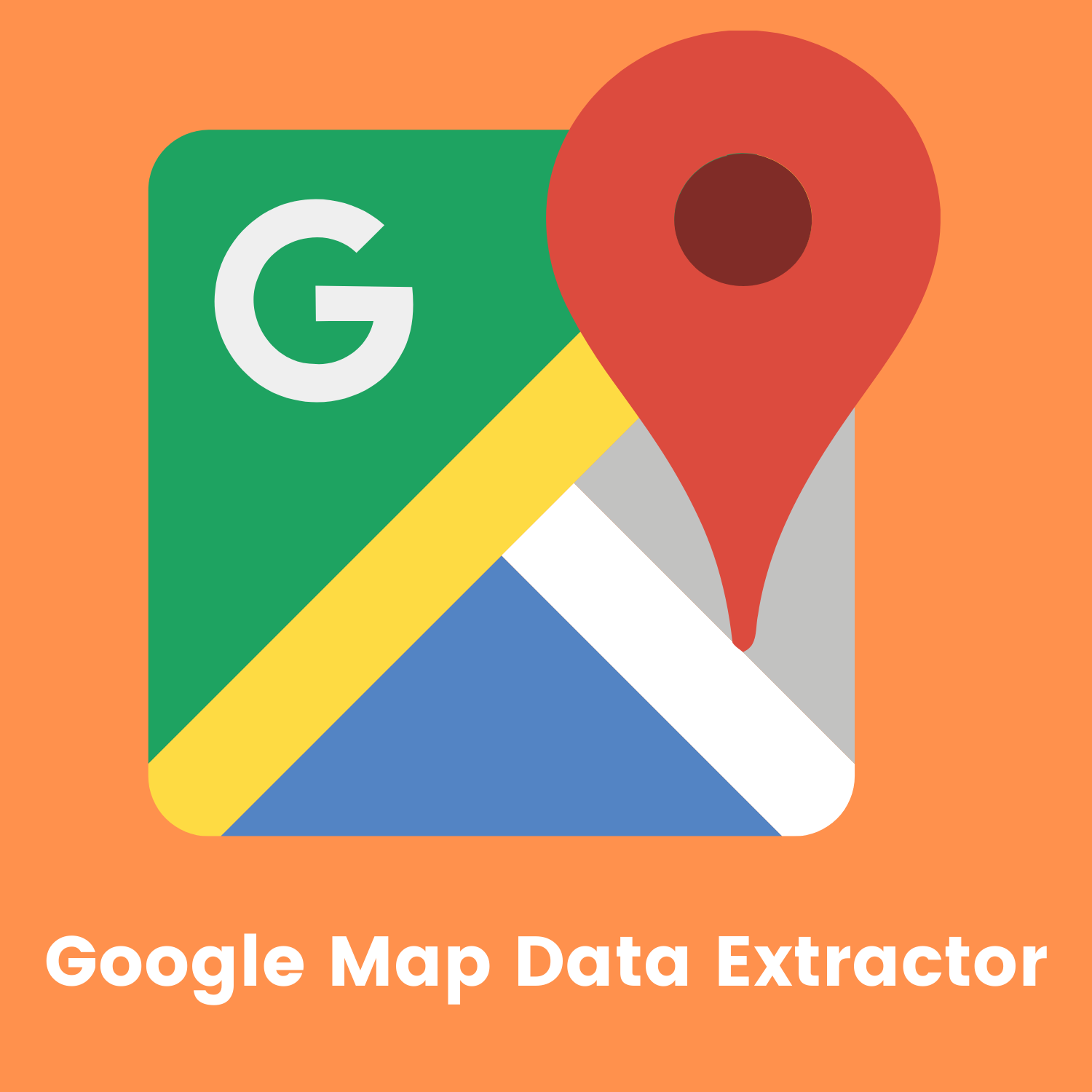Table of Contents
- Introduction
- What is Web Scraping?
- The Role of Python in Web Scraping
- Tools and Libraries for Scraping Google Maps Data
- A Step-by-Step Guide to Scrape Google Maps
- Best Practices While Scraping
Introduction
In the vast expanse of the digital age, data plays a pivotal role. Google Maps, a widely-used navigation and location-based platform, is brimming with valuable data. For business strategists, market researchers, or spatial data analysts, gleaning information from Google Maps can offer a multitude of benefits. This article aims to guide readers on how to methodically extract Google Maps data using the ever-popular Python.
What is Web Scraping?
Simply put, web scraping is the methodical extraction of data from websites. It’s akin to manually copying information from a website, but it’s automated, making it far more efficient. This method allows users to gather vast amounts of data quickly, converting it into a structured format suitable for analysis.
The Role of Python in Web Scraping
Python stands out in the realm of programming languages due to its simplicity and versatility, making it a top choice for web scraping endeavors. Its clear syntax and supportive community mean that even novices can begin to scrape data from websites fairly swiftly. A foundational grasp of Python, including concepts such as loops and lists, will serve as a strong starting point for anyone embarking on a web scraping journey.
Tools and Libraries for Scraping Google Maps Data
Python is renowned for its rich ecosystem of libraries tailored for various applications. To scrape Google Maps, Python provides several tools:
- Requests: An integral tool for fetching web pages.
- BeautifulSoup: Specializes in sifting through HTML and XML files, enabling users to locate and extract data seamlessly.
It’s imperative to remember that Google Maps has its regulations concerning data extraction. Before diving in, familiarize yourself with Google’s terms of service to ensure compliance.
A Step-by-Step Guide to Scrape Google Maps
Here’s a distilled guide to scraping Google Maps data:
1. Preparation: Begin by setting up Python and familiarizing yourself with its basics. Once ready, explore and install the necessary tools and libraries.
2. Accessing the Web Page: Use tools like Requests to access the specific Google Maps page containing the desired data.
3. Parsing the Content: This is where BeautifulSoup shines. Utilize it to parse the fetched page, making the data more accessible.
4. Data Extraction: After parsing, you’ll have the capability to pinpoint the specific data you wish to extract. This might include place names, addresses, reviews, and more.
5. Data Storage: Post extraction, the data can be stored in various formats like spreadsheets, databases, or even plain text files.
Best Practices While Scraping
- Adhere to Guidelines: Always check the
robots.txtfile of a website. It provides guidelines on what parts of the site can be accessed and scraped. - Pace Your Requests: Rapid, repeated requests can lead to your access being blocked. Always ensure there’s a delay between consecutive requests.
- Stay Adaptive: Websites, including Google Maps, often undergo structural changes. Regularly update your scraping techniques to align with these changes.
Conclusively, while web scraping offers a plethora of opportunities, it’s crucial to approach it responsibly. Adhere to guidelines, respect privacy, and always use the data garnered in a positive and ethical manner.

